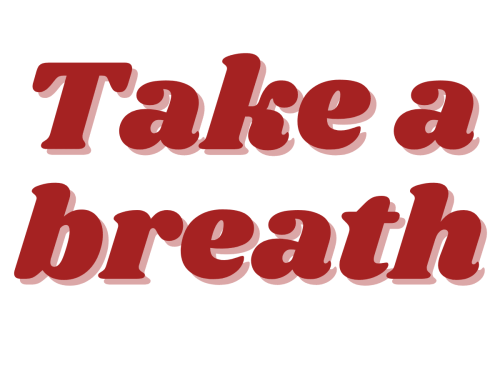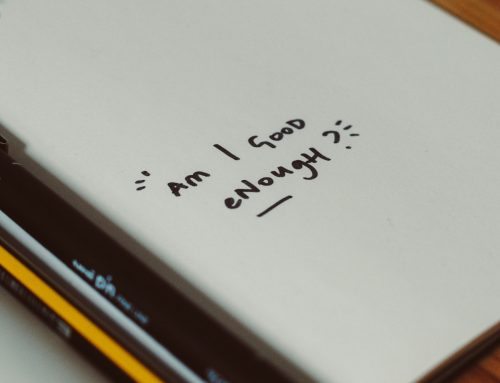Seasonal Affective Disorder – or the Winter Blues.
I hesitate to add ‘Winter Blues’ as I really don’t want to down-play how serious this can be for some people. But I do think that Winter Blues is just so relatable for the general population (in the UK). By the end of Winter (which isn’t until March folks!) I think we’ve all had enough of the dark, the cold and are just waiting for Spring flowers to remind us all that life and it’s cycle continue on.
SAD is literally caused by a lack of light, which in turn affects the human circadian rhythm and changes our brain chemistry. So in the Winter months, around the World, in the northern hemisphere SAD is experienced by about 5% of people, and its more prevalent in women than men.
Although this figure is small (5%), this relates to diagnosed disorders, but anecdotally in the darker months a lot of people talk about having the Winter blues in some way. Maybe not to degree where they feel they need psychiatric treatment, but they are noticing some symptoms: enough to remark on them.
Symptoms of SAD include:
- Persistent Low Mood: Feelings of sadness or hopelessness that persist for most of the day.
- Fatigue and Low Energy: A noticeable decrease in energy levels, accompanied by difficulty concentrating and making decisions.
- Changes in Sleep Patterns: Insomnia or oversleeping are common symptoms of SAD.
- Weight Changes: Significant changes in appetite and weight, often leading to overeating, particularly with a preference for carbohydrate-rich foods.
- Social Withdrawal: Individuals with SAD may avoid social activities, experiencing a sense of isolation.
Traditional advice on managing SAD includes the following, to which I have added my take!
- Light Therapy (Phototherapy): Exposure to a bright light that mimics natural sunlight can help regulate circadian rhythms and improve mood. This is often the first line of treatment for SAD. Open your curtains and blinds, literally let the light in! Sit by a window when you’re working, reading, whatever you’re doing, be near light.
- Get outside, every day, even when the sun doesn’t shine. If you can get outside for an hour’s walk, even if you don’t feel like it – do it. But even ten minutes will make a difference.
- Talking therapy: Talk to someone about how you’re feeling, anything you’re keeping bottled up inside is causing you more damage than if you can share it – ‘a problem shared is a problem halved’. This is true.
- Journal: Journalling is the next best thing to talking aloud. Write it down, get all of the funk out of your head on a daily basis. It doesn’t have to be the best written language, punctuated, spell checked… no body else ever has to read it (in fact I recommend you don’t even read it!), just empty your head.
- Lifestyle Changes: Engaging in regular physical activity, maintaining a healthy diet, and managing stress can contribute to overall well-being.
- Mindfulness and Meditation: Practices that promote mindfulness and relaxation, such as meditation and yoga, can be beneficial in managing symptoms.
- Vitamin D: The ‘Sunshine Vitamin’. Many people now supplement vitamin D in Winter months, as it is clear that we get it less naturally as there is less sunshine. I would recommend getting your vitamin D tested: www.vitamindtest.org.uk (£) before just popping a pill, then you are making an informed decision about dosage.
- Medication: In some cases, antidepressant medications may be prescribed to alleviate symptoms. Selective serotonin reuptake inhibitors (SSRIs) are commonly used for SAD.
And of course – you could have some hypnotherapy!
The power of suggestion through hypnosis, enables the brain to reframe thinking and emotions associated with the Winter darkness and low energy.
Also the power of re-establishing the mind-body connection in hypnosis cannot be underestimated.
With this in mind I created a Hypnotherapy download: Seasonal Affective Disorder / Winter Blues Support designed for anyone who feels they could use some extra support at this time of year.
This is available to buy in my shop – just click here.
For more tailored, individual support, please visit work with me, or get in touch directly.









